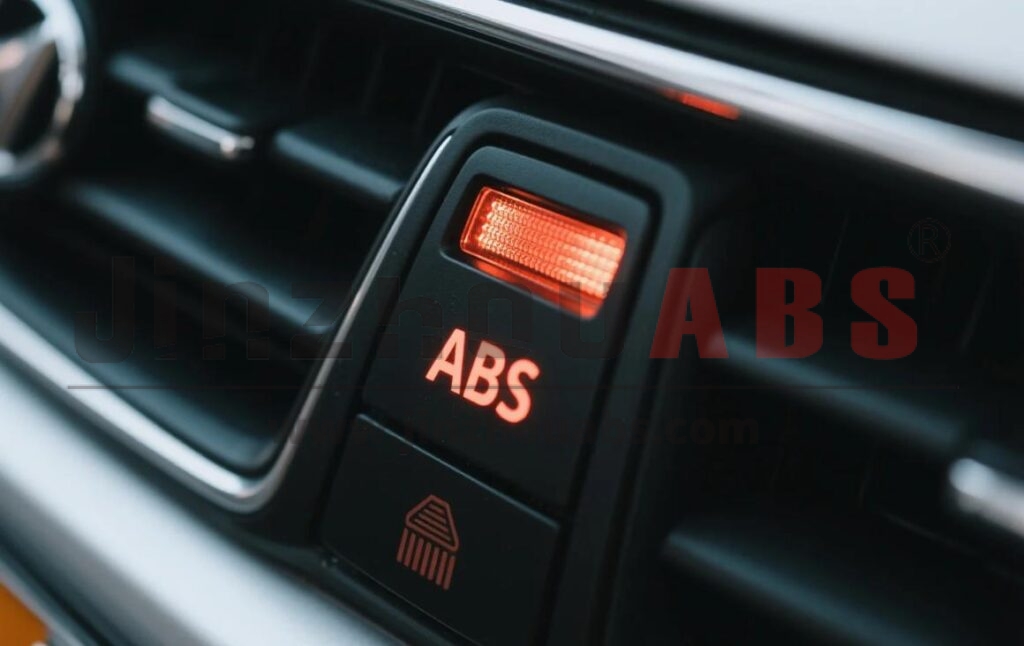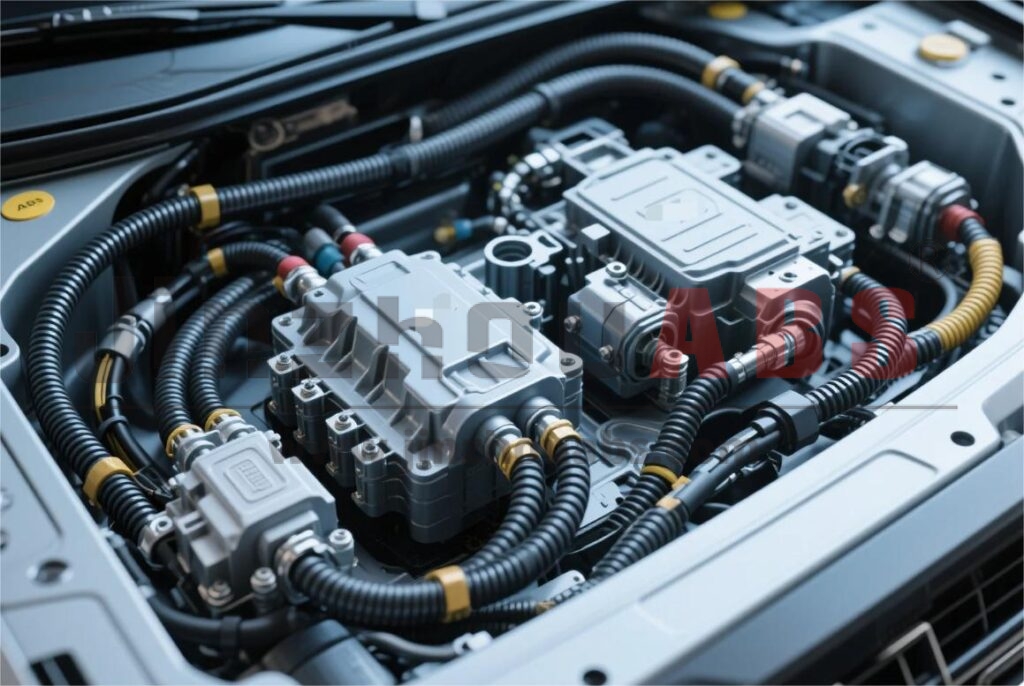Understanding the Role of the ABS System in Hyundai Vehicles
The Anti-lock Braking System (ABS) is one of the most critical safety features in modern Hyundai vehicles. It prevents the wheels from locking up during hard braking, which helps maintain traction and control, especially on slippery or uneven road surfaces.
ABS ensures that drivers can steer safely while stopping efficiently, significantly reducing the risk of skidding or accidents during emergency braking. In Hyundai vehicles, the ABS works by monitoring wheel speed through sensors and rapidly adjusting brake pressure to each wheel.
When the ABS warning light on the dashboard illuminates, it means the system has detected a fault that could compromise the vehicle’s ability to brake safely in emergencies. While standard braking might still work, the enhanced control that ABS provides may be disabled.
Common Triggers for the ABS Warning Light
The ABS light does not appear without reason. It typically indicates a malfunction in the system. The most common causes include:
Wheel Speed Sensor Damage or Dirt Accumulation
Each wheel in your Hyundai is equipped with a speed sensor that tracks how fast it’s rotating. If one of these sensors becomes damaged or caked with dirt, it can send inaccurate data to the ABS control module. This mismatch of signals is a common trigger for the ABS light.
Fault in the ABS Control Module
The ABS control module processes information from the wheel speed sensors and determines when to activate or deactivate ABS. Corrosion, internal failure, or electrical issues can prevent the module from functioning properly, causing the ABS light to turn on.
Low Brake Fluid Levels
ABS relies on hydraulic pressure, and a low level of brake fluid can interfere with its function. Leaks, worn-out brake pads, or long-term neglect can lead to reduced brake fluid levels, setting off the ABS warning.
Worn Brake Pads or Rotors
Brake pads that are excessively worn or unevenly degraded can compromise the overall brake system. In some cases, this affects how sensors read wheel movement, potentially triggering the warning light.
Blown ABS Fuse or Faulty Relay
Fuses and relays are crucial for powering the ABS components. If a fuse blows or a relay fails, the system may lose power, and the warning light will be activated.
Recognizing Additional Symptoms of ABS System Failure
Besides the illuminated warning light, several other symptoms may point to ABS malfunction:
Braking inconsistencies such as increased stopping distances, pulsating brake pedal, or a spongy feel.
Unusual noises during braking, including grinding, clicking, or scraping sounds.
Poor traction when braking on wet or uneven surfaces.
Loss of stability during sharp braking, which may feel like sliding or pulling to one side.
These signs often accompany ABS problems and should be addressed immediately to avoid safety risks.
Step-by-Step Guide to Diagnosing ABS Issues
Identifying the root cause of an ABS light involves both visual inspection and electronic diagnostics. Here’s a structured process:
| Task | DIY-Friendly | Notes |
| Inspect brake fluid level | ✅ | Check the brake fluid reservoir under the hood; top up if low. |
| Examine ABS fuses and relays | ✅ | Refer to the fuse box diagram and replace blown fuses. |
| Clean wheel speed sensors | Professional recommended | Found near each brake rotor; clean with a non-corrosive cleaner. |
| Scan for diagnostic trouble codes (DTCs) | ✅ | Use an OBD-II scanner to read codes like C1201 or C1145. |
| Inspect ABS module and wiring | Professional recommended | Look for corrosion or disconnected wires near the ABS unit. |
| Perform a short road test | ✅ | Test the braking system under safe conditions after inspection. |
If you’re unsure about any of these steps, it’s best to consult a technician to avoid causing more harm than good.
Recommended Fixes Based on Diagnostic Results
Once the issue has been identified, several repair paths can be taken depending on the specific fault.
Brake Fluid Top-Up or Replacement
If the reservoir is low, add the manufacturer-recommended fluid. For best performance, flush and replace the brake fluid every 2–3 years to avoid moisture contamination.
Sensor Cleaning or Replacement
Dirty or broken wheel speed sensors are one of the most common issues. If cleaning doesn’t resolve the problem, replace the faulty sensor with a compatible OEM part.
Brake Pad and Rotor Replacement
Pads that are worn below 3mm or rotors that are warped can significantly affect braking performance. Replace these components to restore normal ABS function and improve overall safety.
Fuse or Relay Replacement
Use the correct amperage and type when replacing blown fuses or failed relays. If the same fuse keeps blowing, inspect the ABS wiring for shorts or overloads.
ABS Module Repair or Replacement
ABS modules are sensitive and often require reprogramming after replacement. This step is best handled by professionals using specialized equipment.
Preventive Measures to Avoid ABS Failures
Maintaining the ABS system reduces the risk of future faults and keeps your vehicle safe:
Check brake fluid levels regularly, ideally during routine oil changes.
Inspect brake pads and rotors every 20,000 miles or during tire rotations.
Clean wheel sensors if you frequently drive in muddy or snowy environments.
Avoid using low-quality replacement parts, as they may not communicate correctly with Hyundai’s electronics.
Schedule annual brake system inspections to detect early signs of wear or malfunction.
Proactive maintenance ensures that the ABS system remains reliable, especially when it’s needed most.
Driving Considerations When the ABS Light Is On
Driving with the ABS light on is possible, but it should be approached with caution. When the ABS system is disabled, your vehicle’s ability to maintain traction under hard braking is compromised.
This is particularly dangerous in wet or icy conditions where wheels can lock up easily. The vehicle may skid or fail to respond as expected during an emergency stop.
If only the ABS light is on, regular braking may still work. However, if both the ABS and the main brake light are on, the problem could be more severe and require immediate attention.
ABS Trouble Codes Commonly Found in Hyundai Vehicles
When diagnosing ABS issues using an OBD-II scanner, these are some codes often seen:
C1201 – Engine Control System Fault
C1145 – Front Right Wheel Speed Sensor Malfunction
C1235 – Rear Wheel Speed Sensor Signal Fault
C1360 – ABS Hydraulic Pump Motor Circuit Failure
These codes provide detailed insight into the malfunctioning component and help prioritize repairs.
Summary and Final Thoughts
The ABS system in your Hyundai is a vital part of modern automotive safety. A glowing ABS light is more than a minor inconvenience—it’s a sign that something in your braking system needs immediate attention.
From low brake fluid and dirty sensors to complex module failures, the causes can range widely in complexity. Proper diagnosis, timely repairs, and regular maintenance can ensure that your ABS remains functional and ready when you need it most.
For more automotive sensor insights and technical resources, visit JinSensor.com.




